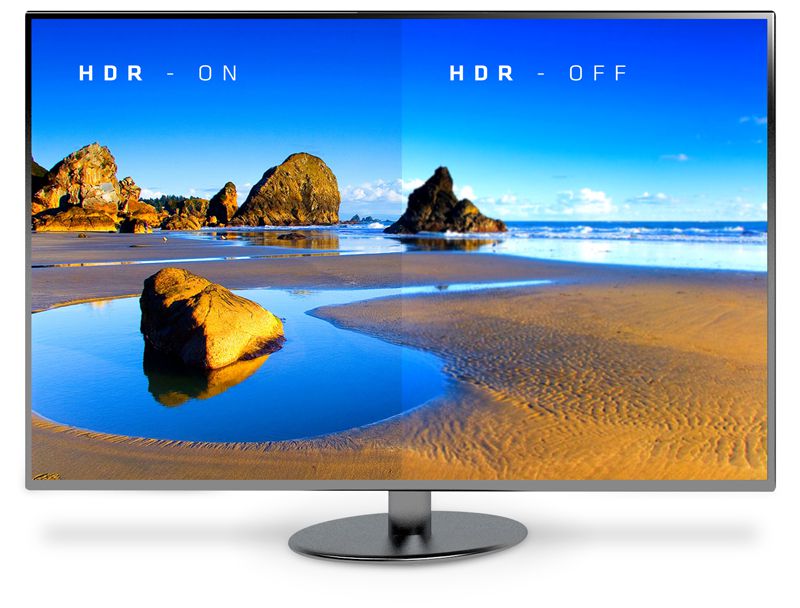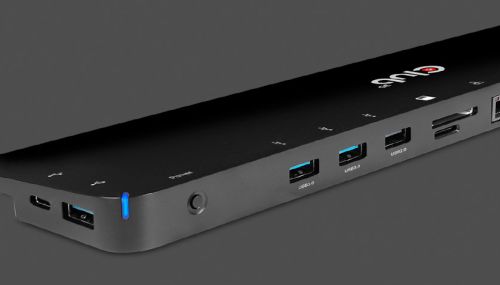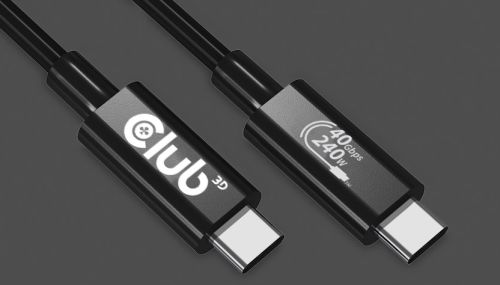What is Frame Rate and what is Refresh Rate?

What is HDR ?
| • High Brightness | • Wider color Gamut |
| • Great Contrast | • Higher refresh rate |

Club 3D Solutions for DVI-D HDCP
The simple way to get the correct adapter with: HDCP-ON or OFF
What is HDCP? Audiovisual content is increasingly disseminated in digital form on the Web, as well as on physical media. As a result, content providers are using various content protection technologies to prevent unauthorized use. High-bandwidth Digital Content Protection (HDCP) protects the last stage in the distribution process, encrypting content transmitted over digital interfaces from set-top boxes, DVD players, personal computers and game consoles, to display devices such as high definition TVs. The consumer electronics industry has rapidly adopted HDCP for the High-Definition Multimedia Interface (HDMI).
HDCP-protected systems may include three types of devices: sources, sinks and repeaters. HDCP protects data as it is transmitted between each of these devices when they are connected via HDMI or other HDCP-protected digital interfaces. HDCP versions ranges from 1.0 to 2.2. HDCP 2.2 versions are not backwards compatible due to security and hacking risks. In general all packaged and digital premium 4K content released after 2015 will be encrypted with HDCP version 2.2. If you anticipate playback through your system, display interfaces and signal management equipment they will need to be compliant with version 2.2 at every interface.
Some displays don’t have the option to support HDCP, so normally they would be excluded from being choosen in a this situation. For this reason Club 3D has the HDCP OFF version to support for example the Apple Cinema Display.
| HDCP-ON: | |
| CAC-1010 | DisplayPort to Dual Link DVI-D HDCP ON version Active Adapter M/F |
| CAC-1510 | USB3.2 Gen1 Type-C to Dual Link DVI-D HDCP ON version Active Adapter M/F |
| CAC-1130 | MiniDisplayPort 1.2a to Dual Link DVI-D Active Adapter |
| HDCP-OFF: | (when your display doesn’t support HDCP, like the Apple Cinema Display) |
| CAC-1010-A | DisplayPort to Dual Link DVI-D HDCP OFF version Active Adapter M/F for Apple Cinema Displaysr |
| CAC-1510-A | USB3.2 Gen1 Type-C to Dual Link DVI-D HDCP OFF version Active Adapter M/F for Apple Cinema Displays |
| CAC-1130-A | Mini DisplayPort to Dual Link DVI, HDCP OFF version for Apple Cinema Displays Active Adapter |
Possible resolutions of Docking and Video splitters
Displays differ from each another mainly based on the density of pixels they support. Regardless of the screen size, if the pixels stays at the same density, it will be the same display.
High Definition (HD) is the most familiar format since it has become the standard for the television viewing experience in households around the world. Any video image with a resolution of 1280x720 pixels a 16:9 aspect ration is defined as HD.
Full High Definition (Full HD) this one is the higher step of HD, and its defined by the support of 1920x1280 pixels. Most consumers have upgraded their TVs and monitors to 720p/1080p to see crisper, more life like images.
Quad High Definition or 2K (QHD) offers a more detailed view, having four times the vertical resolution of standard 720p HD to 2560x1440 pixels.
Ultra High Definition (UHD) or 4K format delivers what is considered to be the best viewing experience. 4K refers to a horizontal resolution of approximately 4,000 pixels. 4K displays have a resolution of 3840x2160 in an aspect ratio of 16:9 which is four times the Full HD resolution of 1080p.
DISPLAY RESOLUTIONS’ COMPARISON

Please refer to a full overview of our Legacy Terms and Conditions on www.club-3d.com.

 Deutsch
Deutsch Español
Español Türk
Türk











